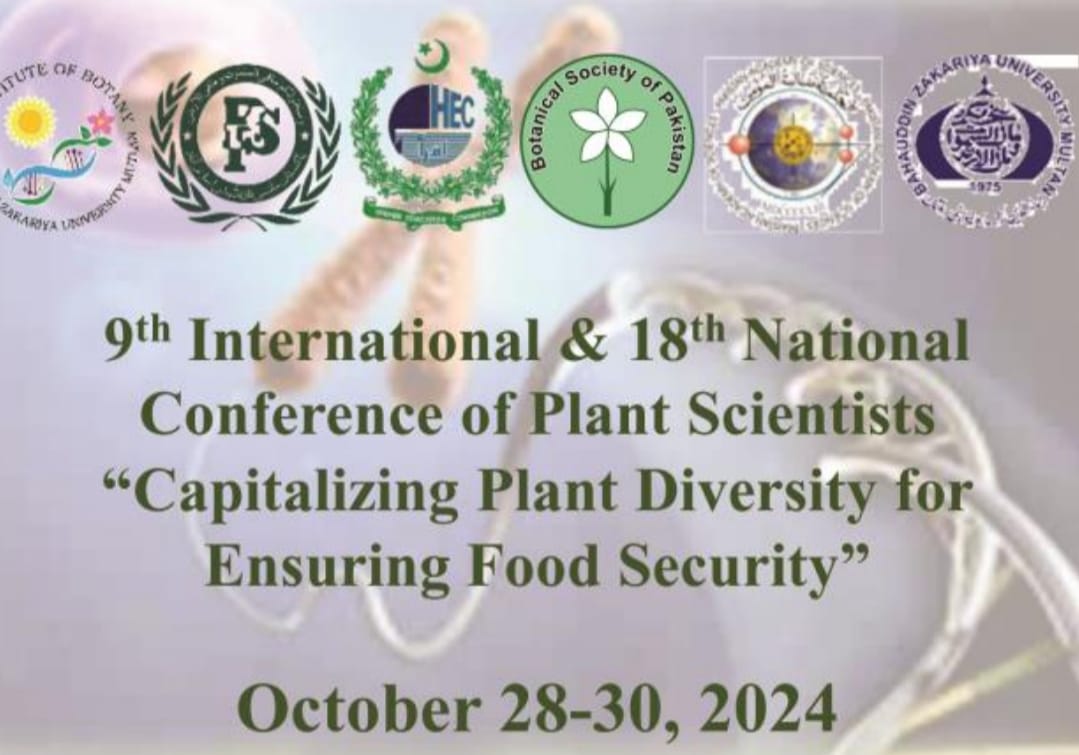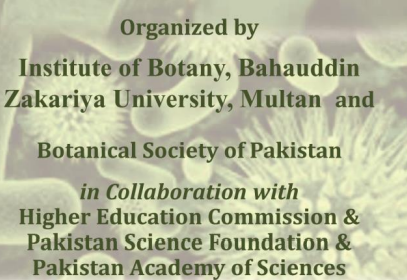Jie Zhou, Nadeem Ahmed, Yaqian Cheng, Cheng Qin, Peize Chen, Chenxi Zhang and Lixin Zhang
Details
51(4): 1169-1177, 2019
Download PDF
Effect of inoculation of strains with ACC deaminase isolated from vermicompost on seed germination and some physiological attributes in maize (Zea mays L.) exposed to salt stress
Details
51(4): 1169-1177, 2019


